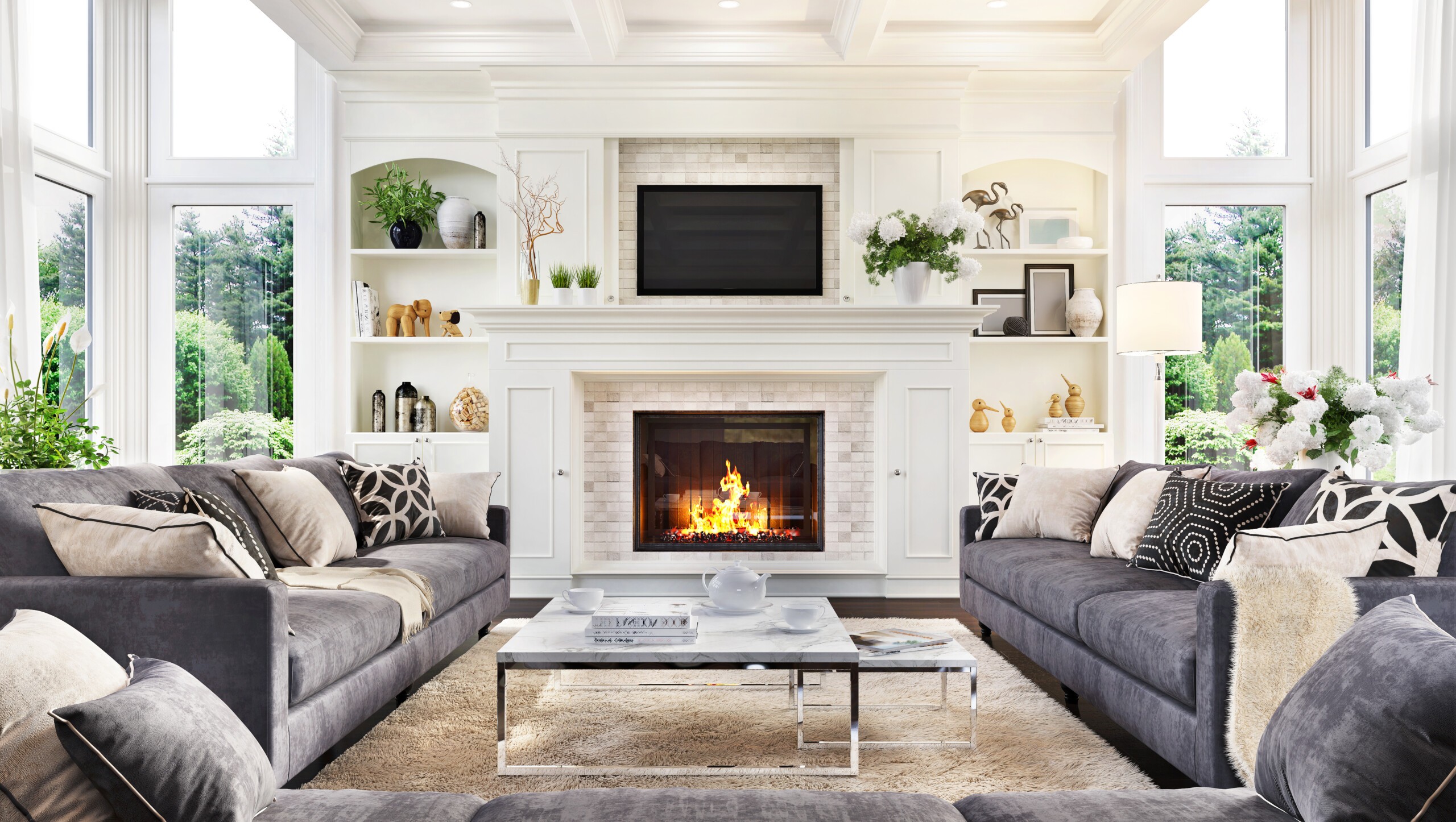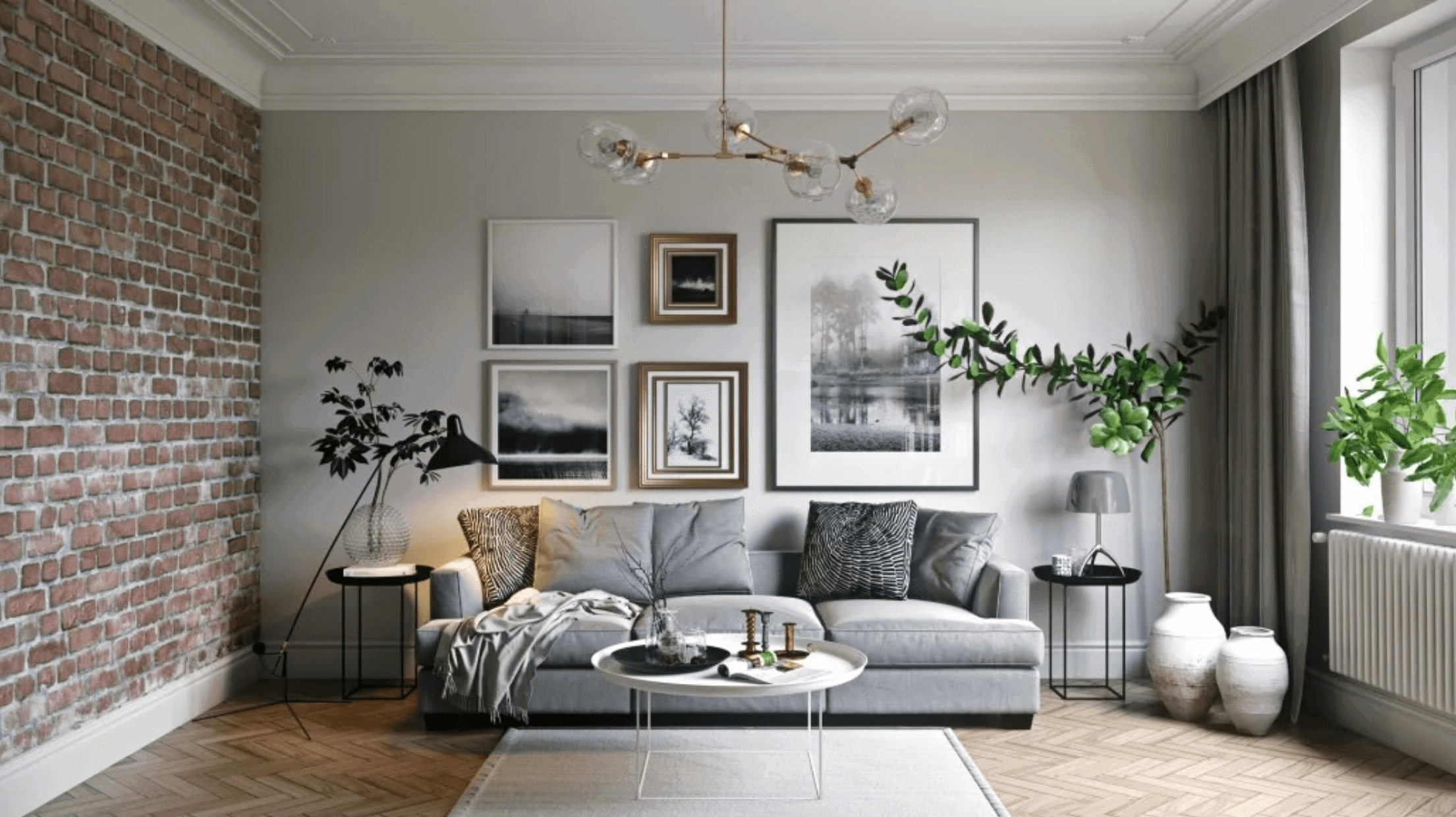Design Trends and Styles

Decor interiors – Interior decoration trends and styles are constantly evolving, reflecting the changing tastes and lifestyles of people around the world. Some of the latest trends include:
Biophilic Design: This trend focuses on bringing the outdoors in, with the use of natural materials like wood, stone, and plants. Biophilic design has been shown to have a number of benefits, including reducing stress, improving mood, and boosting creativity.
Japandi: This style combines elements of Japanese and Scandinavian design, creating a minimalist and serene aesthetic. Japandi interiors often feature clean lines, natural materials, and a neutral color palette.
Decor interiors are not limited to homes. They extend to commercial spaces as well, such as restaurants. Best restaurant interior design can create an ambiance that enhances the dining experience. Whether it’s a cozy and intimate setting or a grand and opulent one, the right interior design can make all the difference.
From the choice of furniture and lighting to the color scheme and artwork, every element contributes to the overall atmosphere of the restaurant.
Art Deco: This style, which was popular in the 1920s and 1930s, is characterized by its geometric patterns, bold colors, and luxurious materials. Art Deco interiors are often glamorous and sophisticated.
Decor interiors are a reflection of our personal style and taste. They can make a house feel like a home, and create a space that is both comfortable and inviting. If you’re looking to update your decor, but don’t have the time or expertise to do it yourself, you may want to consider remote interior design.
This service allows you to work with a professional designer from the comfort of your own home, and get expert advice on everything from furniture selection to paint colors.
Mid-Century Modern: This style, which was popular in the 1950s and 1960s, is characterized by its clean lines, organic shapes, and use of natural materials. Mid-century modern interiors are often simple and functional.
Bohemian: This style is characterized by its eclectic mix of patterns, colors, and textures. Bohemian interiors are often cozy and inviting, with a touch of whimsy.
The influence of different cultures and time periods on interior design is evident in the wide variety of styles that exist today. For example, the Japanese aesthetic has had a major influence on Western design, while the Art Deco style was inspired by the architecture of the 1920s and 1930s.
When choosing a design trend or style for your home, it is important to consider your personal taste and lifestyle. You should also think about the size and layout of your home, as well as the amount of natural light that it receives.
Materials and Finishes: Decor Interiors

Materials and finishes play a crucial role in shaping the aesthetics and functionality of interior spaces. They determine the overall look, feel, and ambiance of a room. The selection of materials and finishes should be guided by the desired style, the intended use of the space, and the budget.
Fabrics, Decor interiors
Fabrics are widely used in interior decoration for upholstery, curtains, bedding, and other soft furnishings. They come in a vast array of textures, patterns, and colors, allowing for endless design possibilities. Common fabrics include cotton, linen, silk, velvet, and leather, each with its unique characteristics and applications.
Woods
Wood is a versatile material prized for its natural beauty and durability. It is used for flooring, cabinetry, furniture, and decorative elements. Different types of wood, such as oak, mahogany, walnut, and pine, offer distinct grains, colors, and textures, catering to various design styles.
Metals
Metals add a touch of sophistication and modernity to interiors. They are commonly used for furniture frames, lighting fixtures, hardware, and decorative accents. Popular metals include steel, brass, copper, and aluminum, each with its unique sheen and finish.
Stones
Stones are durable and visually appealing materials that bring a sense of elegance and grandeur to spaces. They are used for flooring, countertops, fireplaces, and decorative elements. Common types of stone include marble, granite, limestone, and slate, each with its unique veining, texture, and color.
Finishes
Finishes are applied to materials to enhance their appearance, durability, and functionality. Common finishes include paint, stains, and veneers.
Paint is a versatile finish that can transform the look of any surface. It comes in a wide range of colors and sheens, allowing for customization to suit any design scheme.
Stains penetrate the wood grain, enhancing the natural beauty of the wood while providing protection. They are available in a variety of colors and can be used to create unique effects.
Veneers are thin sheets of wood that are applied to surfaces to give them the appearance of solid wood. They offer a more affordable option for achieving a high-end look.
By combining different materials and finishes, designers can create unique and stylish interiors that reflect the personality and lifestyle of the occupants.
Lighting and Space Planning

Lighting and space planning are crucial elements in interior design. They work together to create functional, visually appealing, and comfortable spaces. Lighting can enhance the ambiance of a room, highlight architectural features, and create a desired mood. Space planning involves arranging furniture and other elements to optimize functionality and flow within a space. By understanding the principles of lighting and space planning, you can create interiors that are both beautiful and practical.
Lighting
There are three main types of lighting: ambient, task, and accent. Ambient lighting provides general illumination for a room. Task lighting is used for specific activities, such as reading or cooking. Accent lighting is used to highlight specific features or create a focal point.
When planning lighting, consider the following factors:
- The size and shape of the room
- The function of the room
- The desired mood
Space Planning
Space planning involves arranging furniture and other elements to create a functional and visually appealing layout. The goal is to create a space that is both comfortable and efficient.
When space planning, consider the following factors:
- The traffic flow in the room
- The location of windows and doors
- The size and shape of the furniture
Tips for Enhancing Ambiance
By combining lighting and space planning effectively, you can create interiors that are both beautiful and functional. Here are a few tips:
- Use a combination of lighting types to create a layered effect.
- Place task lighting where it is needed, such as over a desk or kitchen counter.
- Use accent lighting to highlight architectural features or create a focal point.
- Arrange furniture to create a sense of flow and functionality.
- Use rugs and other textiles to define different areas of a room.